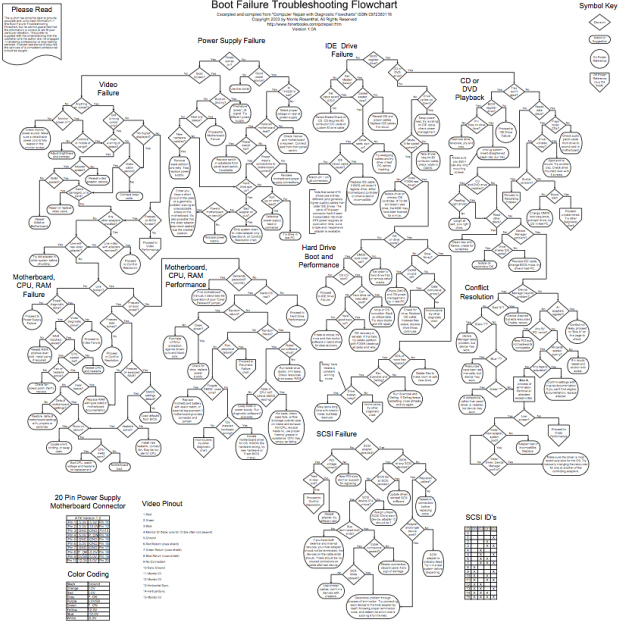
Along the way, I’ve encouraged (some would say beaten on) HR executives to understand what technology could do for their business, to build the end-user’s business case for that technology on the basis of improved business outcomes as well as (and much less easily over the years) direct cost savings, and to educate themselves and their staffs on how to select and deploy (including via outsourcing) that technology to maximum effect. I have also encouraged (here too, there are those who say I have beaten on) my valued colleagues at the HRM software and outsourcing vendors to build better domain models and architectures, use the best available technology, and focus on the total cost of achieving HRM’s business outcomes and the total cost of HRM service delivery rather than on just the total cost of technology ownership. And I’ve added my voice to that of many others in pumping for breakthroughs in the underlying technologies on which great HRM depends, from real-time, actionable analytics, to standard HR-XML schemas, to making application architectures systemically effective-dated and using Web 2.0 technologies appropriately.
The good news is the we’ve made tremendous progress in HR technology. Anyone who has checked out the latest releases from some of the best HRM software vendors will tell you that the user experience, degree of embedded intelligence, useful application of collaboration technologies, breadth of needed functionality, etc. are stunning when compared to what was available even a release or two ago, and even more stunning when compared to what is operational in most organizations today. And much of that newer functionality, because it’s coming from vendors with truly multi-tenant SaaS architectures and business models, is available immediately to all clients — although available does not mean usefully implemented, but that’s another story. Add to this the explosion in personal communications, social networking and productivity technology, which we hope/believe will improve information sharing, increase workforce collaboration, and reduce cycle times, and there’s really very little that we’re missing from anyone’s vision of HR technology nirvana.
But amid all the advances in and availability of technology and technology-enabled business communication and collaboration, I believe that something important has been lost. Are we still doing careful analysis and reflection when we’re twittering away? Are we taking the time to think about and then craft eloquent discussions of how best to address our most important HRM and HR/IT issues? Do we sit quietly, alone, to contemplate what issues may be around the corner and to propose solutions before those issues turn into problems? Can HR, IT, or HRO professionals execute effectively against today’s to do list when we’re all caught up in constant interrupt processing and information overload? And is there the slightest chance that all of this contemplation and discussion will ever benefit from having a precise and agreed vocabulary for the relevant concepts and topics?
I’m one of the lucky ones whose job it is to think, to contemplate, to connect the dots, to read, review, comment, take apart and generally make a nuisance of myself so as to help my clients avoid making expensive and painful mistakes in their business or software strategy/design/execution. And especially over the last few months, as I’ve been recovering from really nasty shoulder surgery, thinking has been about all I could do on some days.
So where has all this thinking taken me, at least as regards this blog? First, I’ve decided to publish my entire methodology for strategic HRM delivery systems planning (which really does look something like the diagram above until it’s decoded for you), including many of the related “starter kits.” These are really valuable and useful consulting aids, and I’d like to offer them to the industry via my blog in hopes that end-users will embrace and employ better techniques for deciding how best to technology-enable HRM in a way that really does move the needle on business results. Second, I’ve also decided to publish a good bit more of the consulting tools that I use with HRM software and services vendors to help them produce better platforms. While the best of today’s HRM software is very good, it’s far from perfect, and the best is by no means ubiquitous, so there’s still work to be done in trying to raise the barre for all HRM software vendors and platform-based BPO providers. Third, and probably because this old English major just can’t tolerate the complete lack of language precision in our industry, I plan to publish a lot more boring, definition-filled posts. Or maybe all of these planned posts will be boring. Perhaps getting all of this material published won’t change a thing, but it will make me feel better for having had my say.
And finally, throwing away all my few remaining inhibitions, I’m planning to comment on just about anything and anyone that strikes me as relevant to our collective quest for improved business outcomes via great HRM. After all, why have a blog in the first place if you don’t use it to speak your mind. So give me a few more days to get my left arm a little stronger, then we’re off and running.